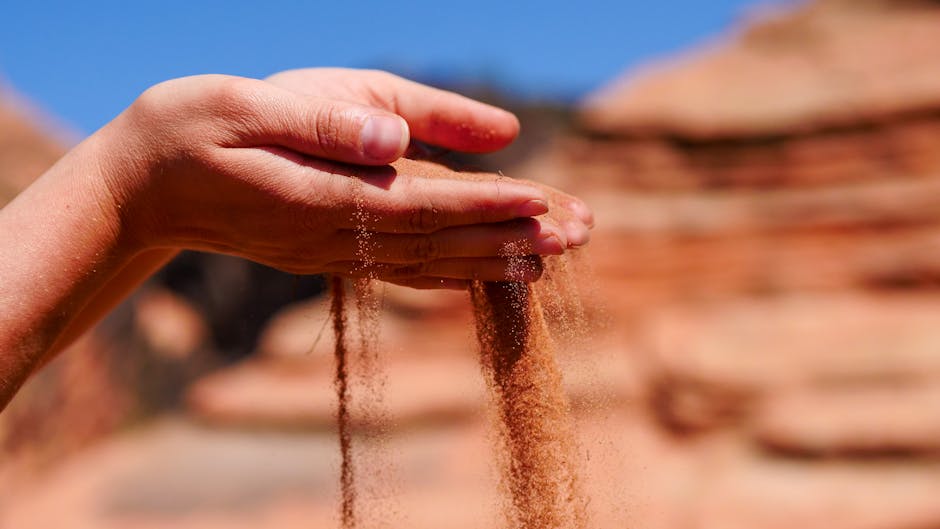**
A Toxic Legacy Seeping to the Surface
In the heartland of America, a toxic ghost of Oklahoma’s oil-rich past is seeping to the surface. Vast quantities of poisonous wastewater from a century of oil and gas drilling are bubbling up from the earth, turning fertile farmland into barren, salt-crusted wastelands. Investigative reports reveal a damning picture of environmental disaster, and the very body meant to police it, the Oklahoma Corporation Commission (OCC), has failed to stop it.
This crisis serves as a stark and urgent cautionary tale about the long-term consequences of fossil fuel extraction and the critical importance of regulatory oversight.
What is This Toxic Oil Field Wastewater?
The term “wastewater” doesn’t do it justice. Known in the industry as “produced water,” it’s a hyper-saline brine, often many times saltier than the ocean. This liquid byproduct comes to the surface with oil and gas, and it’s laced with a chemical cocktail of hydrocarbons, toxic heavy metals like arsenic, and even naturally occurring radioactive materials. For every barrel of oil extracted, several barrels of this toxic brine can be generated, creating an enormous disposal challenge.
How a Century-Old Problem Is Resurfacing
The pollution plaguing Oklahoma is a legacy issue—a bill from the past coming due with devastating interest. For over 100 years, companies have drilled, extracted, and moved on, sometimes leaving behind poorly plugged or completely forgotten “orphan wells.”
Today, the modern practice of injecting current wastewater deep underground for disposal is creating immense subterranean pressure. This pressure forces the old, trapped brine to find the path of least resistance—up through natural cracks, fissures, and the thousands of abandoned wells left by a previous generation of drillers. The result is a toxic brew from the past poisoning the surface today.
The Devastating Impact on Oklahoma’s Land
The images are apocalyptic. Century-old trees stand dead and skeletal, their roots poisoned by the brine. Once-productive fields are now ghostly white plains where nothing can grow. Streams and ponds, vital for cattle and wildlife, have been contaminated. Farmers and landowners who have stewarded this land for generations are watching their heritage and livelihood dissolve into a toxic slurry.
Regulatory Failure: Why Wasn’t This Stopped?
This is where the regulatory failure becomes so egregious. Reports indicate the Oklahoma Corporation Commission has known about hundreds of these historic pollution sites for years, if not decades. Yet, its response has been sluggish, underfunded, and fundamentally ineffective.
Critics argue that the OCC, tasked with both promoting and regulating the state’s most powerful industry, suffers from a deep-seated conflict of interest. The agency’s approach has been described as a game of “whack-a-mole”—plugging one leak only for another to spring up nearby, without addressing the systemic pressure causing the outbreaks. The sheer scale of the problem, with an estimated 18,000 documented orphan wells and likely thousands more undocumented, has overwhelmed a system seemingly unable to hold the industry accountable for its historical mess.
The tragedy in Oklahoma is a reminder that the true cost of fossil fuels isn’t just paid at the pump. It is paid by the land, the water, and the generations who are left to inherit a poisoned earth. The ground in Oklahoma is speaking, and we all need to listen.
**




